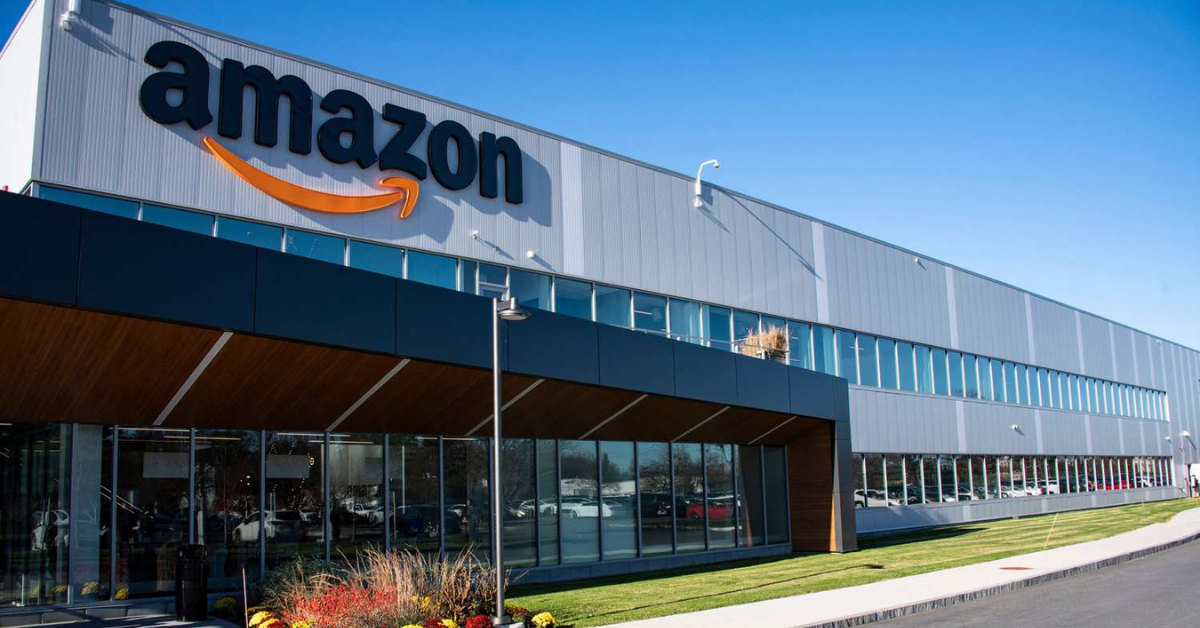This week, I am compelled to bring you more bad news on the challenges of Amazon’s dominance of the U.S. mattress market. Amazon is not just winning the battle for the low-end marketplace. It has already made “massive gains” in the next mattress battleground, mattresses retailing from $499 to $1,199.
That important insight comes from GoodBed CEO Mike Magnuson, an astute industry observer who has been warning the industry of the threat posed by Amazon for years.
I checked in with him recently to get his latest insights on Amazon, and he made a frightening point to me: Don’t think that Amazon is only affecting the lowest end of the mattress market.
“While it’s true Amazon’s units are almost all under $500, that doesn’t mean that they are only addressing that customer segment,” he observed. “You don’t get up to a 30% to 35% unit share as a single retailer by winning only the lowest 20% of the market, in terms of purchasing power. Clearly, some of these units are coming from people who would have spent more. And that trend is ongoing. The battle for the lowest end of the market is over — Amazon won. But the battle for the $500 to $1,200 customer is actively being fought, and Amazon has already made massive gains there, getting millions of consumers to trade down.”
That’s a critical point. The 30%-35% mattress unit share commanded by Amazon (analyst Peter Keith of Piper Sandler cited that figure in an earlier column) indicates that Amazon is addressing more than just the entry-level segment of the market. And, importantly, that means that Amazon threatens more than just producers of the least expensive mattresses.

Magnuson commented, “I think a lot of execs will be inclined to think ‘OK, I get it. Amazon is selling a lot of cheap units. This hurts producers of value mattresses but not me, especially since I’ve been moving up-market.’ But of course, the next battle is for customers in the $500 to $1,200 market, and the battle after that will be for the $1,200-$2,000 customer. It would be extremely foolish to think that any products at these levels are insulated from this threat. Without taking direct countermeasures, many execs will most likely find themselves out of a job in five years.”
That’s a stark warning. Before execs ignore it, they should ask themselves this question: Why wouldn’t Amazon want to continue growing its mattress business?
Magnuson notes that the commoditization problem is not limited to Amazon. “Mattress commoditization is being propagated by any retail channel that has no showroom, no retail sales associates and no expert guidance,” he said. “This includes Costco, Walmart, Home Depot and the like.
“Without expert guidance and the ability to touch and feel the product, a shopper theoretically still has three remaining factors to guide their decision: manufacturer marketing, customer ratings and price,” he continued. “However, cheap mattress brands make all the same marketing claims as their premium counterparts. And 10 years of data has clearly shown that star ratings will never favor premium mattresses, since buyers of cheap mattresses simply have much lower expectations. Ultimately, this leaves price as the only real differentiator in this channel — the very definition of a commodity.
“This is why mattress sales on Amazon always have — and always will — skew heavily toward the cheapest products. Their platform simply provides no compelling way for mattress shoppers to understand and assess the very real benefits that a higher-quality mattress can offer,” he added. “Mattresses are not an interchangeable commodity. They are a highly personal product that can have a significant impact on health and wellness, and should be sold as such.”
Magnuson has always offered suggestions on how the industry can respond to the threat posed by Amazon and other retailers like them.
“How can the industry fight back?” he asked. “One answer is by providing compelling proof that your products truly are superior to the ones sold on Amazon.” GoodBed aims to do that by continuing to provide independent mattress testing, an initiative that it has strengthened through a partnership with Dow to quantify key mattress product claims.
Magnuson also says that leading mattress brands should not bolster Amazon’s credibility as a mattress shopping platform by listing their products there. “For any premium mattress brand, being on Amazon is a losing game,” he said. “The more mattress brands are shown on Amazon, the more mattress shopping will be done there. And the more mattress shopping is done there, the more high-quality mattresses will be cannibalized by commodity products.
“Amazon is one of the first places people look for nearly any purchase. If they see well-known premium mattress brands there, they’ll view Amazon as a viable place to research and compare products,” he continued. “And we know exactly how that ends — in the overwhelming majority of cases, they end up buying an ultra-cheap mattress. But if they search for mattresses on Amazon and see only no-name products that they’ve never heard of, many of them will look elsewhere, giving premium products a fighting chance to win those sales.”
Magnuson is correct. We must break the commoditization cycle that Amazon has leveraged for its own success, but one which hurts the overall industry.



